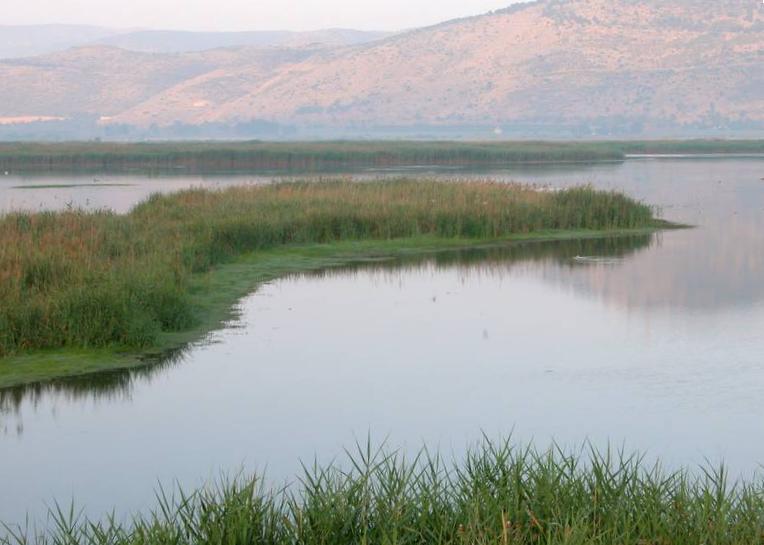
October 30 1957 – 5 Marheshvan 5718
Today, when environmental risk has become a watchword and everyone’s so concerned about vanishing species, it’s hard to imagine such a project getting off the ground. But back in the fifties, draining the Hula Valley was the pinnacle of the Zionist dream. Aside from increasing the arable land in the area, the venture promised fringe benefits: peat for industrial use and additional water flowing into the Jordan.
The proposal had been on the table since the previous century, but Zionist land-developer Joshua Henkin got the green light only in the mid-1930s, and even then the project was repeatedly postponed until the State of Israel was established. Work finally began in 1951, financed by the Israeli government under the auspices of the Jewish National Fund, and was completed on 5 Marheshvan, October 19, 1958.
The enterprise had its detractors, but in those days of grandiose engineering, the symbolism of making the barren land fruitful outweighed economics.
Nature lovers objected violently throughout. Although they didn’t manage to block the project, their struggle created the Society for the Protection of Nature in Israel and forced the government to establish the country’s first nature reserve, the Hula Lake. Within just a few years, environmentalists’ concerns had proved justified. Rare flora and fauna disappeared, and two endemic species of fish, Hula bleak and nun galileus, became extinct.
But that wasn’t all. The marshy soil shrank as it dried, and wind scattered it far and wide. The marshes caught fire and burned for weeks on end, and the fields they left behind resisted cultivation. In the seventies, studies showed that the Hula Basin had served as a sink for organic material swept down by the Jordan River. Without this mechanism, nitrogen compounds were collecting in the Sea of Galilee, resulting in increased seaweed and frogspawn cover, damage to the fish in the lake, and reduced water quality.
In the 1990s, it was decided to try to turn the clock back by reflooding some of the drained areas. Water flowing into the northern marshes created Agmon Ha-Hula, the Hula mini-lake, and certain wildlife was reintroduced. Although not all the damage can be reversed, at least one lesson has been learned: nature is more complex than we think, so when it comes to human intervention, proceed with caution.
